Every year, the list of endangered animals in Paraguay continues to grow. Some species are well known, while others are lesser-known, but all wildlife plays a vital role in maintaining ecological balance and healthy ecosystems.
In this article, we’ll explore 34 species in danger of extinction in Paraguay, spanning mammals, birds, reptiles, amphibians, and invertebrates. We’ll also explain how you can help preserve Paraguay’s biodiversity.
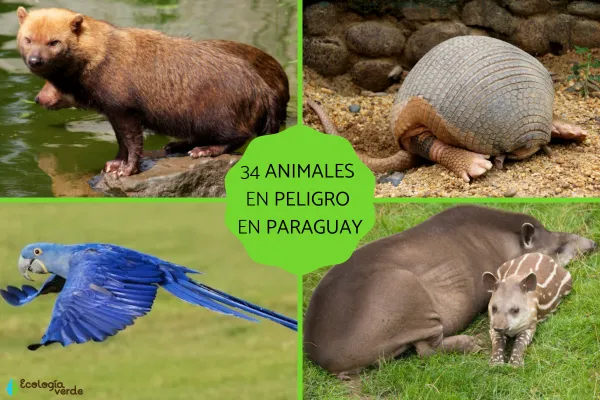
The population of Pampas deer in Paraguay has declined by more than 80% over the past century. The species is threatened by:
Illegal hunting
Habitat loss, especially conversion to agricultural land
Disease outbreaks, such as foot-and-mouth disease spread by livestock
Small populations survive in Paso Bravo and San Luis National Parks in northern Concepción.
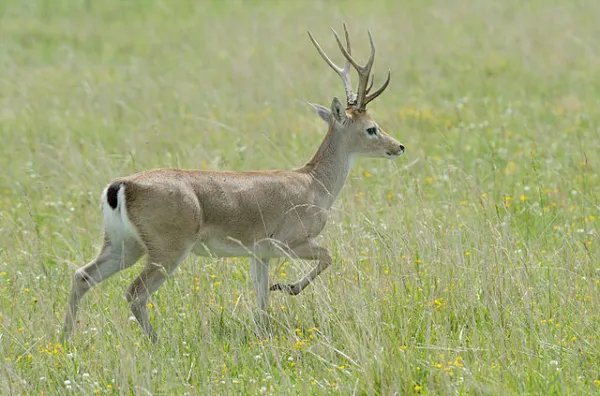
The guanaco is the only wild camelid native to Paraguay. It is estimated that only around 100 individuals remain, isolated from other South American populations by over 1,000 km. It has been hunted for its meat and fur, and now survives mainly in Médanos del Chaco National Park.

Also known as the blue macaw or arara azul, this is the world’s largest parrot species. It is critically endangered due to:
Poaching for the illegal pet trade
Habitat destruction
In Paraguay, it is found only in the departments of Alto Paraguay and Concepción.
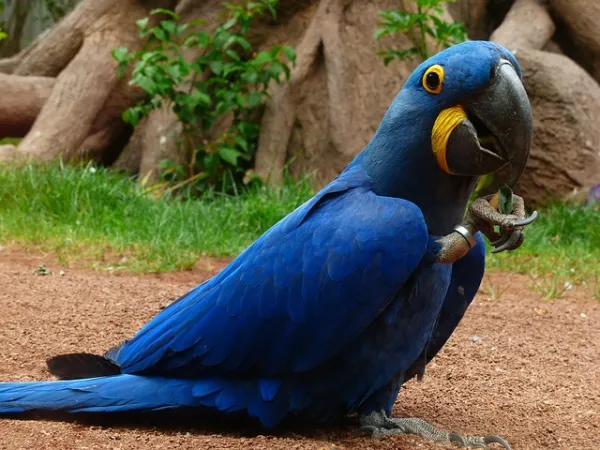
The jaguar, or yaguareté, currently occupies only 10% of its historical range in Paraguay. Fewer than 500 individuals are believed to remain. Threats include:
Illegal hunting
Loss of natural habitat
Conflict with domestic livestock
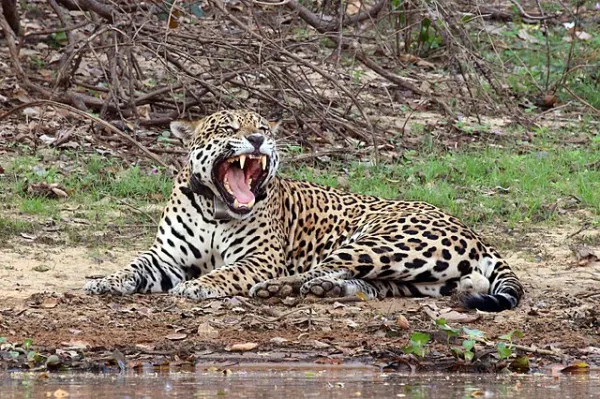
Known locally as jurumí, the giant anteater population in Paraguay has declined by about 30%, with ongoing threats such as:
Wildfires
Road accidents
Agricultural expansion
Now found primarily in the Chaco region: Alto Paraguay, Presidente Hayes, and Boquerón.
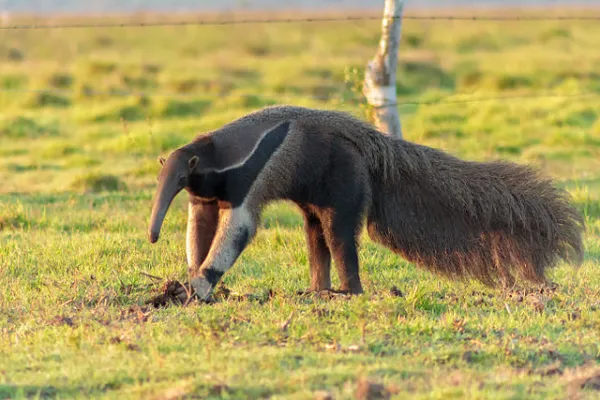
The tapir, or mboreví, has suffered a population decline of 90% or more. Though occasional sightings are reported, they are increasingly rare. Major threats include:
Poaching
Urban encroachment
Habitat fragmentation
This species is associated with diverse forest types and is still found in San Luis, Paso Bravo, San Rafael, and Cerro Corá National Parks.
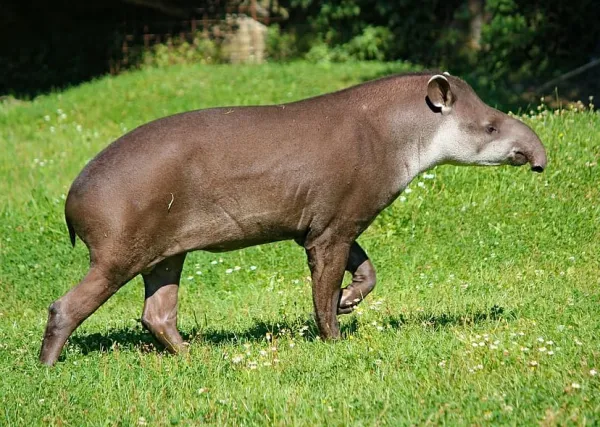
Giant Otter (Pteronura brasiliensis)
Giant Armadillo (Priodontes maximus)
Chacoan Peccary (Catagonus wagneri)
Bush Dog (Speothos venaticus)
Marsh Deer (Blastocerus dichotomus)
Black-tailed Marmoset (Mico melanurus)
Three-banded Armadillo (Tolypeutes matacus)
Maned Wolf (Chrysocyon brachyurus)
Silvery Marmoset (Callithrix argentata)
Harpy Eagle (Harpia harpyja)
White-winged Nightjar (Caprimulgus candicans)
Brazilian Merganser (Mergus octosetaceus)
Bare-faced Curassow (Crax fasciolata)
Bare-throated Bellbird (Procnias nudicollis)
Greater Rhea (Rhea americana)
King Vulture (Sarcoramphus papa)
Vinaceous-breasted Amazon (Amazona vinacea)
Boa Constrictor (Boa constrictor)
Green Anaconda (Eunectes murinus)
Yellow Cururu Toad (Rhinella ictericus)
Stream Frog (Limnomedusa macroglossa)
Chacoan Tree Frog (Argenteohyla siemersi)
Caingua Tree Frog (Hypsiboas caingua)
3 species are already extinct, including:
Aylacostoma stigmaticum (freshwater snail)
Aylacostoma cingulatum
Aylacostoma quaraniticum
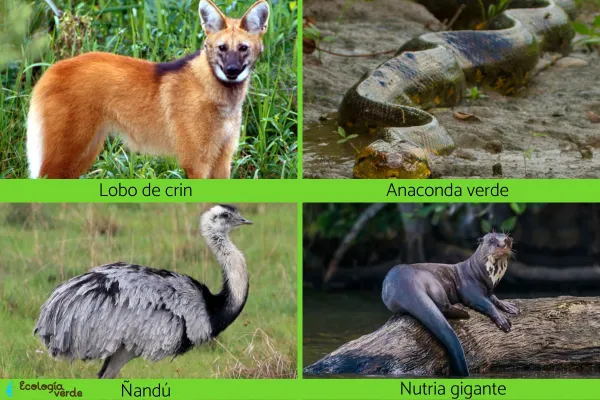
Want to make a difference? Here are conservation strategies you can support or apply:
Enforce sustainable forestry laws and prohibit illegal logging, especially in sensitive ecosystems.
Only allow regulated hunting under conservation programs and ensure enforcement by environmental authorities.
Support legislation and education to stop the illegal pet trade. [Learn how to stop illegal animal trafficking →]
Protect water bodies, soil, and air from agricultural and industrial contamination.
Encourage zoos and sanctuaries to breed and reintroduce endangered species into the wild.
Invest in ecological restoration projects to rebuild natural habitats.
Implement land-use planning to protect critical wildlife corridors.
Expand national parks and reserves to ensure more species have safe zones to survive.
Support organizations like WWF, SeoBirdLife, or local groups. You can also volunteer in Paraguay’s national parks and nature reserves.
The loss of biodiversity in Paraguay is a serious concern—but not a hopeless one. Understanding the threats, raising awareness, and taking action are the keys to preventing extinction.
Bibliography
Red Book of Mammals of Paraguay. Endangered Species. Asunción, Paraguay 2017. Available at: https://www.conacyt.gov.py/sites/default/files/upload_editores/u294/material-VEVE-16-94_libro_rojo.pdf
animal tags: animals of paraguay
We created this article in conjunction with AI technology, then made sure it was fact-checked and edited by a Animals Top editor.